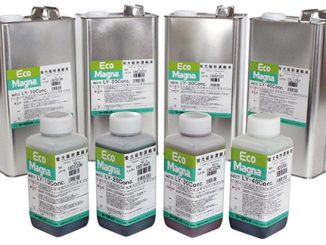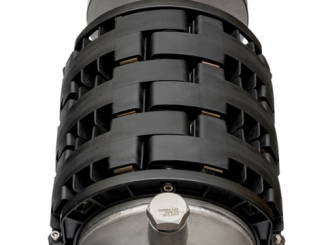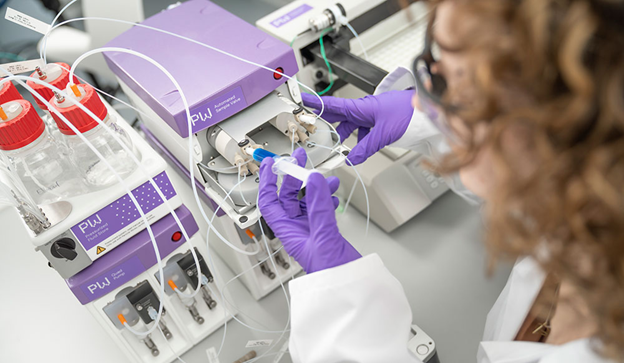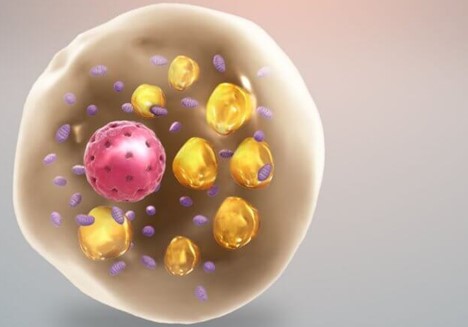
Qfluidics, a developer of innovative microfluidics and ferrofluid technology, has collaborated with instrument maker Elvesys Group in the creation of a new microfluidic pilot pack that provides an ultra low-shear cell aligner to sort cells in bioscience applications.
The result is a plug-and-play single cell aligner from Elvesys ready to be connected to a user’s fluidic system which, employing Qfluidic’s biocompatible liquid tube technology, preserves the integrity of the living cells being studied. The pack combines the precise accuracy of Elvesys’ OB1 instrument with the unique low-shear capability of Qfluidics’ cell aligner, providing a system to control and align precious cells without any sheath flow for sorting experiments. The aligned cells can then be injected to a transparent microfluidic chip for implementation with the user’s equipment for cell observation or sorting.
As cell populations show a great variety in size and morphology, this directly influences the interpretation of diagnostic and therapeutic results of diseases. It is crucial to be able to manipulate and align them for proper sorting with the key difficulty being the fragility of those living cells which are very sensitive to mechanical shear stress. Over the past decades, researchers have developed various, sometimes cumbersome, strategies to manipulate single cells ranging from dielectrophoresis to optical tweezers and acoustic waves.
Recently, however, experts at Qfluidics have designed a simple way to magnetically confine a magnetic liquid ferrofluid into a funnel-like shape to levitate a second immiscible liquid. This unique liquid-liquid interface grants an ultra low-shear as the cells are aligned without any friction. An electro-magnetically actuated liquid valve, also made of ferrofluid, is built in to be able to control the flow of cells in a contactless way, thus preserving the well-being of the cells.
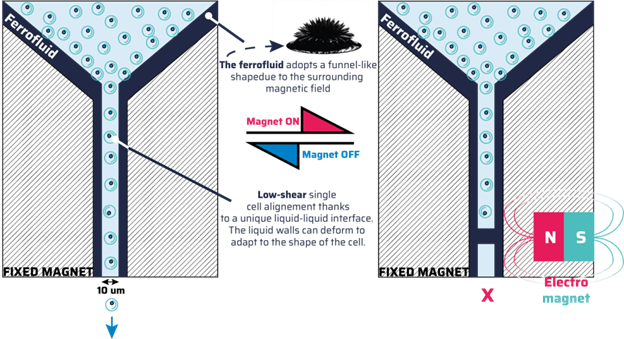
The ferrofluid adopts a funnel like shape when subjected to the proper magnetic field (fixed magnet). This allows the formation of a liquid funnel into which another immiscible liquid can be flowed. The liquid walls are extremely soft thus damping cell collision and aligning cells, down to the single cell level, in a very soft low-shear manner. An electromagnet can be added to the device to control the flow without harming the cells since it is also liquid. Such a valve is un-cloggable unlike solid ones.

The system is based on Qfluidics’ Qpump system. When submitted to a quadrupolar magnetic field, an “anti-tube” of water –or any other fluid, emulsion, or suspension — is surrounded by a ferrofluid. This patented technology is at the basis of the company’s Qpump C5, depicted above. Moving pinching points result in “magnetostaltic” pumping. Being able to “pinch” the tube at multiple locations and moving those pinching points along the tube results in a magnetic peristatic action except that this time the tube is liquid and offers frictionless pumping. Pumping pressures of less than 1 bar and flow rates of several hundreds mL/min can be achieved with the Qpump, even higher rates on demand.

Qfluidics also offers a series of ferrofluids with varying magnetization characteristics. Depicted above is its K series rated at 35-70 mT magnetization.
Both collaborators are located in France. Elvesys Group, based in Paris, develops a range of its Elveflow miccrofluidic instruments for applications in scientific fields such as biology, chemistry and drug delivery, also for cosmetics and food. Qfluidics is a spin-off from the Laboratory of Complex Non-Equilibrium Systems at the Institut de Science et d’Ingénierie Supramoléculaires (ISIS) of the University of Strasbourg that was established in 2019.
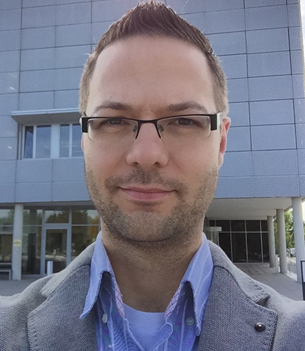
ISIS is a mixed research unit of the French National Centre for Scientific Research (CNRS) and the University of Strasbourg where scientists work on multidisciplinary research at the interface between physics, chemistry and biology. There, Professor Thomas Hermans and his group developed the liquid tube technology. He is also the laboratory director at ISIS and a co-founder of Qfluidics, presently serving as its CSO.
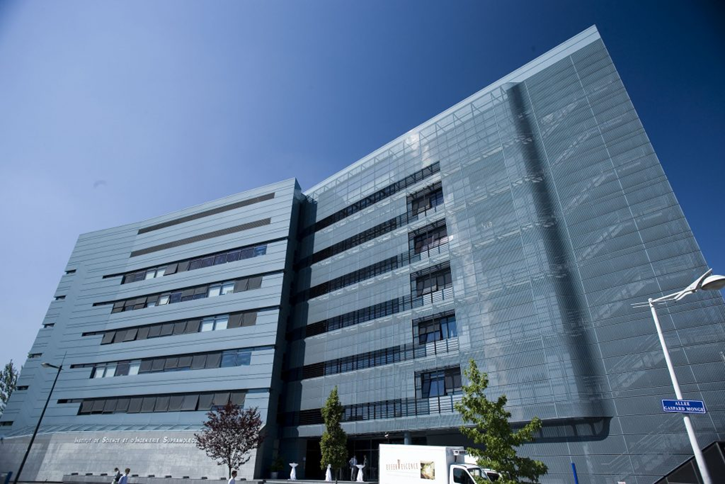
For more info, see www.qfluidics.com, www.elveflow.com, www.isis.unistra.fr.

